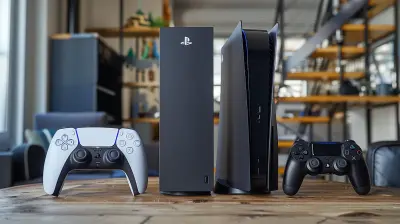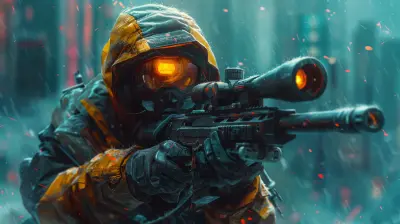The Influence of Character Weight on Movement Mechanics
4 July 2025
Let’s face it—when you're deep into your favorite game, whether you're slicing through enemies in an RPG or outmaneuvering rivals in a high-octane FPS, every movement matters. But there's something lurking under the surface that affects how your digital avatar handles—something you can't see right away, but definitely feel: character weight.
Yeah, we’re talking about the literal heft of your character and how it influences the way they move, jump, land, and navigate virtual terrain. Let's break down how character weight affects game mechanics, why developers put so much thought into it, and how it dramatically changes how we experience gameplay.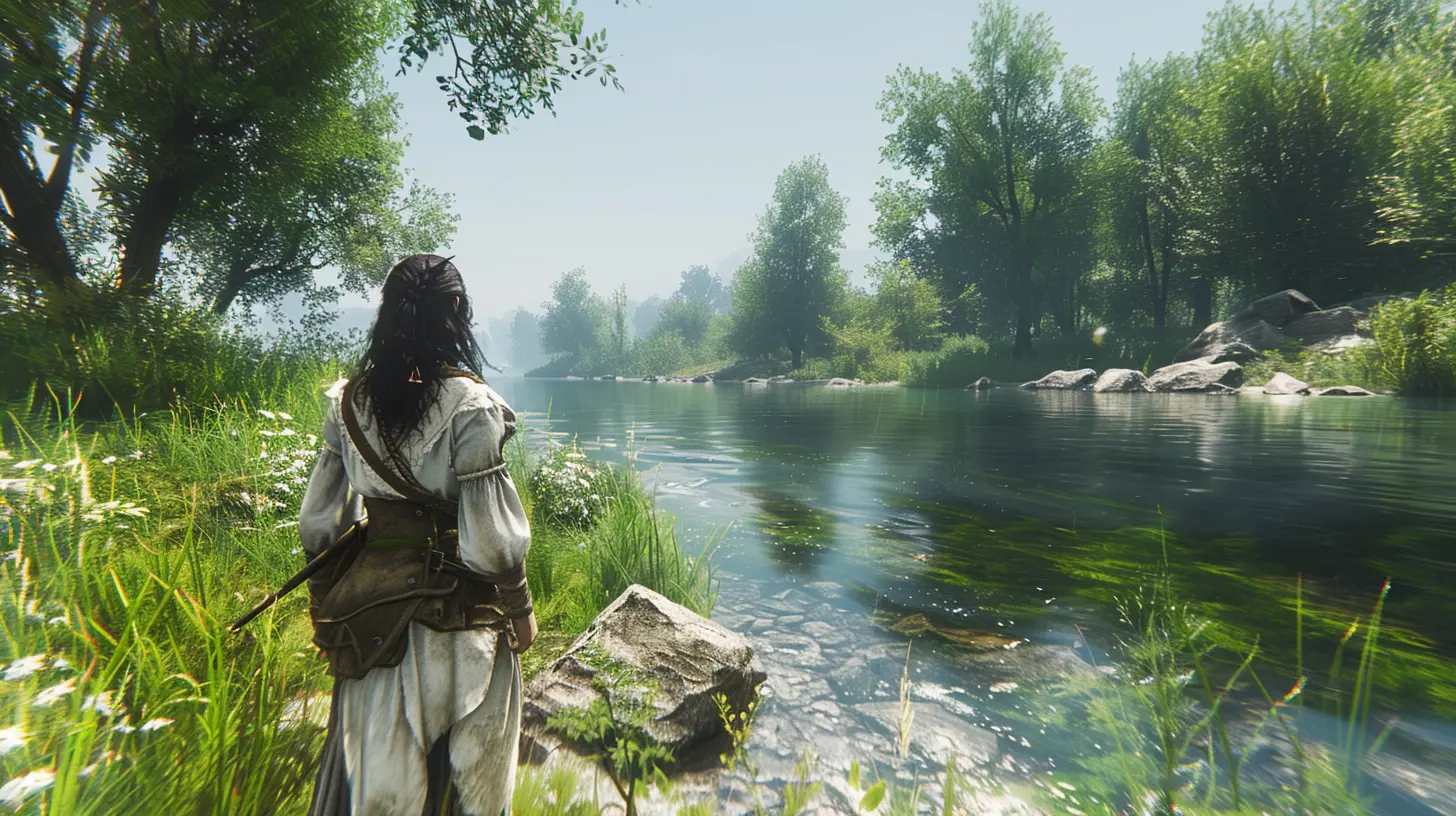
What Does Character Weight Even Mean in Gaming?
Before we get ahead of ourselves, let’s define what we’re talking about.Character weight, in the context of games, is a value assigned to how heavy a character feels or behaves within the physics system of the game. This doesn’t necessarily mean that your character has to look heavy—developers calculate weight using a bunch of code-driven physics parameters like gravity, mass, drag, and momentum.
Ever noticed how a character in one game feels like they're gliding across the floor, while in another, they hit the ground like a sack of bricks? That’s character weight doing its thing.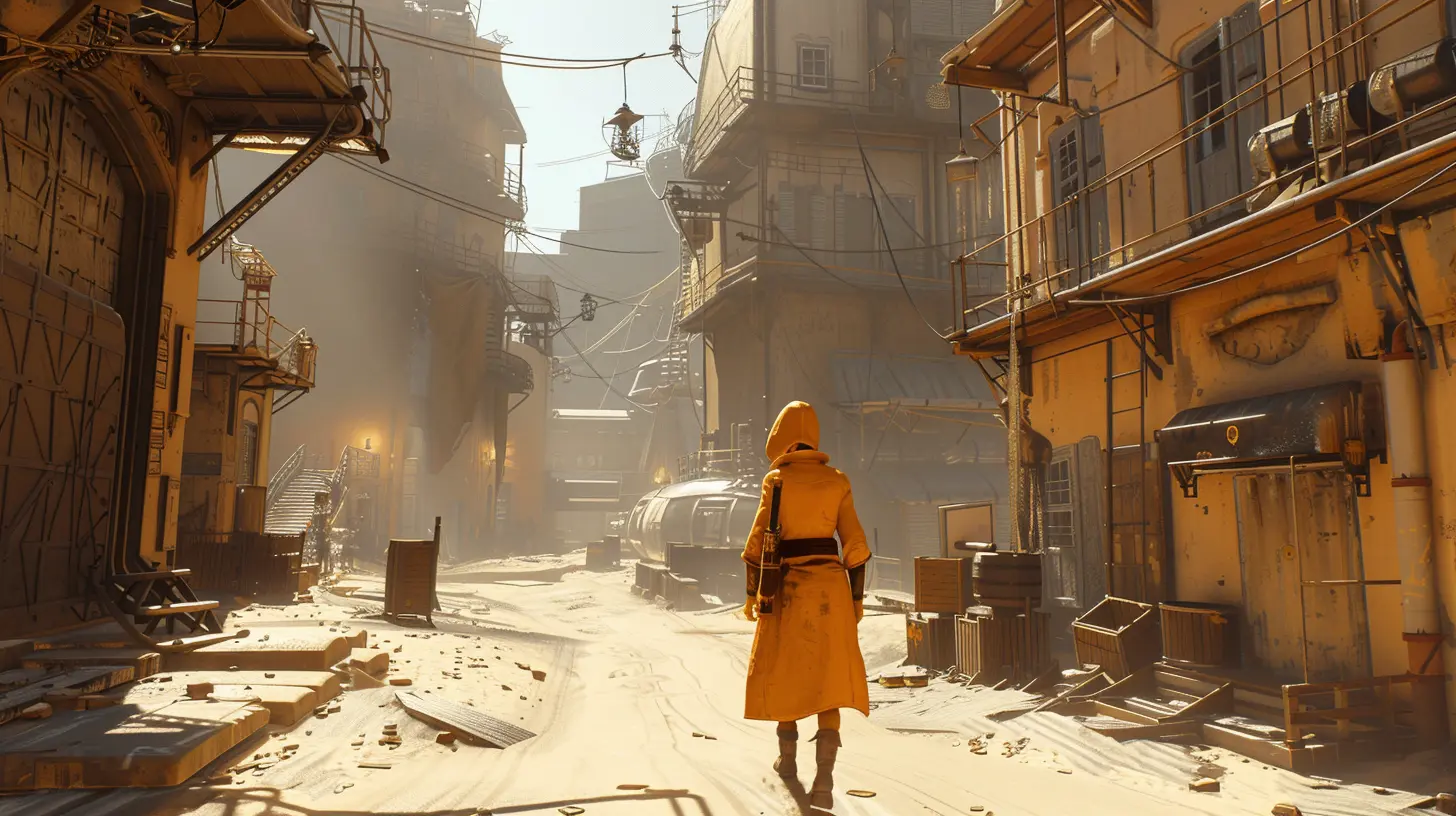
Movement Mechanics: Where Weight Makes an Entrance
Okay, now for the juicy part—game movement. When we say movement mechanics, we're talking about how your character interacts with the game world: walking, running, jumping, rolling, sliding, climbing—you name it. Character weight has its fingers in all these pies.Let’s take it step by step.
1. Jumping and Falling: The Gravity Game
Have you ever played a platformer where your jump felt floaty and disconnected from reality? That’s usually a light-weight character. Now think about a game like Dark Souls—your knight in rusted armor doesn’t exactly leap into the air. That’s weight at play.Heavy characters:
- Jump lower and fall faster.
- Feel more grounded and realistic.
- Require more commitment to movements.
Lighter characters:
- Stay airborne longer.
- Can change direction mid-air.
- Are more agile and forgiving.
Weight influences gravity’s effect on your character. A heavier character will plummet with a satisfying thud, while a lighter one might soar with an unrealistic lightness. Developers tweak gravity settings and mass values to fine-tune this, balancing realism with fun. Because let’s be honest—sometimes realism sucks the fun right out of things.
2. Acceleration and Deceleration: From Zero to Hero
Movement isn’t just about speed—it’s about how you get to that speed.Picture yourself trying to push a shopping cart. An empty cart? Easy to zip around. A loaded one full of bricks? Good luck turning quickly. That’s the same deal with in-game character weight.
Heavier characters:
- Have slower acceleration and deceleration.
- Take longer to start and stop.
- Feel more deliberate in motion.
Lighter characters:
- Speed up and slow down quickly.
- Are responsive and twitchy.
- Can feel almost arcade-like.
This affects strategy a lot. In shooters, for example, a heavy assault-tank type player might need to commit to a position, while a lightweight scout can dart in and out of cover like a ghost. The way a character accelerates or slows down changes the entire pace of gameplay.
3. Stamina and Momentum: The Invisible Budget
Some games (especially action RPGs or survival sims) use stamina systems. Here, weight becomes even more crucial. Carrying a giant sword and wearing full plate armor? You're gonna run out of breath in 5 seconds flat.Heavy characters:
- Consume more stamina for the same actions.
- Have more momentum—once they’re moving, it’s harder to stop.
- Can knock enemies back more easily (momentum = impact).
Lighter characters:
- Can sprint and dodge more often.
- Lose momentum quickly.
- Are better at hit-and-run tactics.
It’s all about trade-offs. Developers force players to make choices: power vs. agility, durability vs. nimbleness. It’s like choosing between a sledgehammer and a rapier—both get the job done, but how they do it changes everything.
4. Terrain Interaction: How Weight Changes the World
Here’s something a lot of players overlook—how character weight affects the way you move across different surfaces.Ever sank into mud in Red Dead Redemption 2 or struggled through snow in Skyrim? That’s weight + terrain physics at work.
Heavy characters:
- Sink more into soft surfaces.
- Struggle more with uneven terrain.
- May trigger environmental changes (like breaking fragile floors).
Lighter characters:
- Glide over obstacles more easily.
- Are less affected by terrain slow-downs.
- Can access areas heavier characters can’t (hello, stealth missions!).
This level of detail adds realism and immersion. It also changes gameplay pathways—lighter characters can take shortcuts or explore areas inaccessible to heavier ones. It’s a whole new dimension of strategy.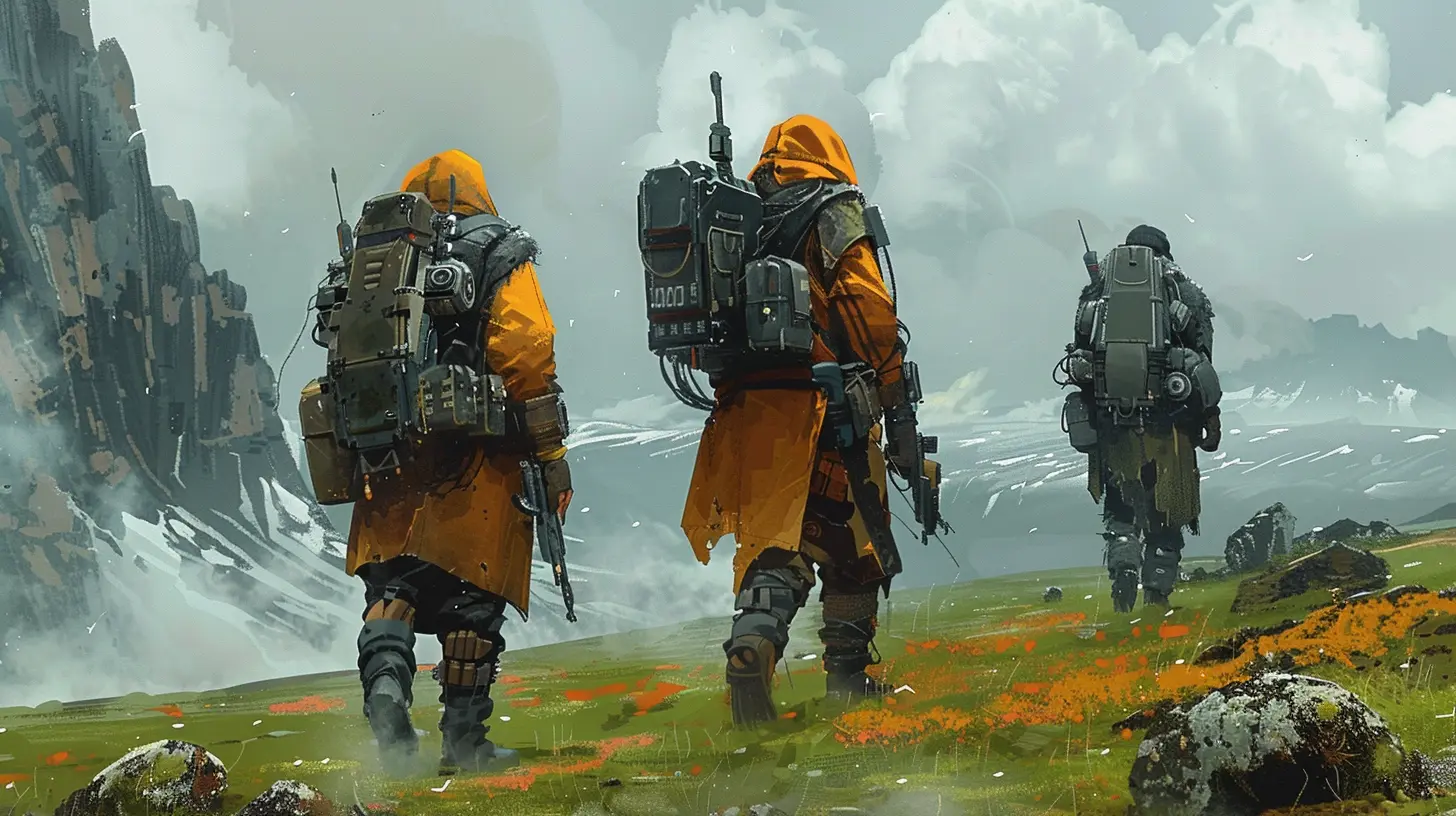
Game Genres and Weight Dynamics
Let’s shift gears a bit and see how different genres tackle character weight. Not all games treat it the same way.Fighting Games
In fighting games, character weight affects:- Knockback distance.
- How fast they fall after a jump.
- How easily they can be combo’d.
A heavy like Bowser in Super Smash Bros. might hit hard and resist being launched, but he’s also an easy combo target. A feather-light character like Jigglypuff floats like a balloon—great for dodging, bad for staying on the stage.
Shooters
In shooters like Call of Duty or Apex Legends, weight shows up in movement speed and loadouts. Heavy weapons slow you down. Carrying too many items makes you sluggish. It’s all about choosing your playstyle: tanky juggernaut or nimble scout?RPGs
In RPGs, weight can mean more than just movement. It can affect stealth, backstab damage, armor class, and even dialogue options. Think about Elden Ring—your “equip load” affects your roll speed, and hitting that "medium" or "heavy" threshold can totally change a boss fight.Platformers
In platformers, weight is usually tied closely to how characters jump, land, and change direction. Heavier characters need perfect timing, while light ones let you pull off tighter maneuvers. Games like Celeste and Hollow Knight make weight a central mechanic.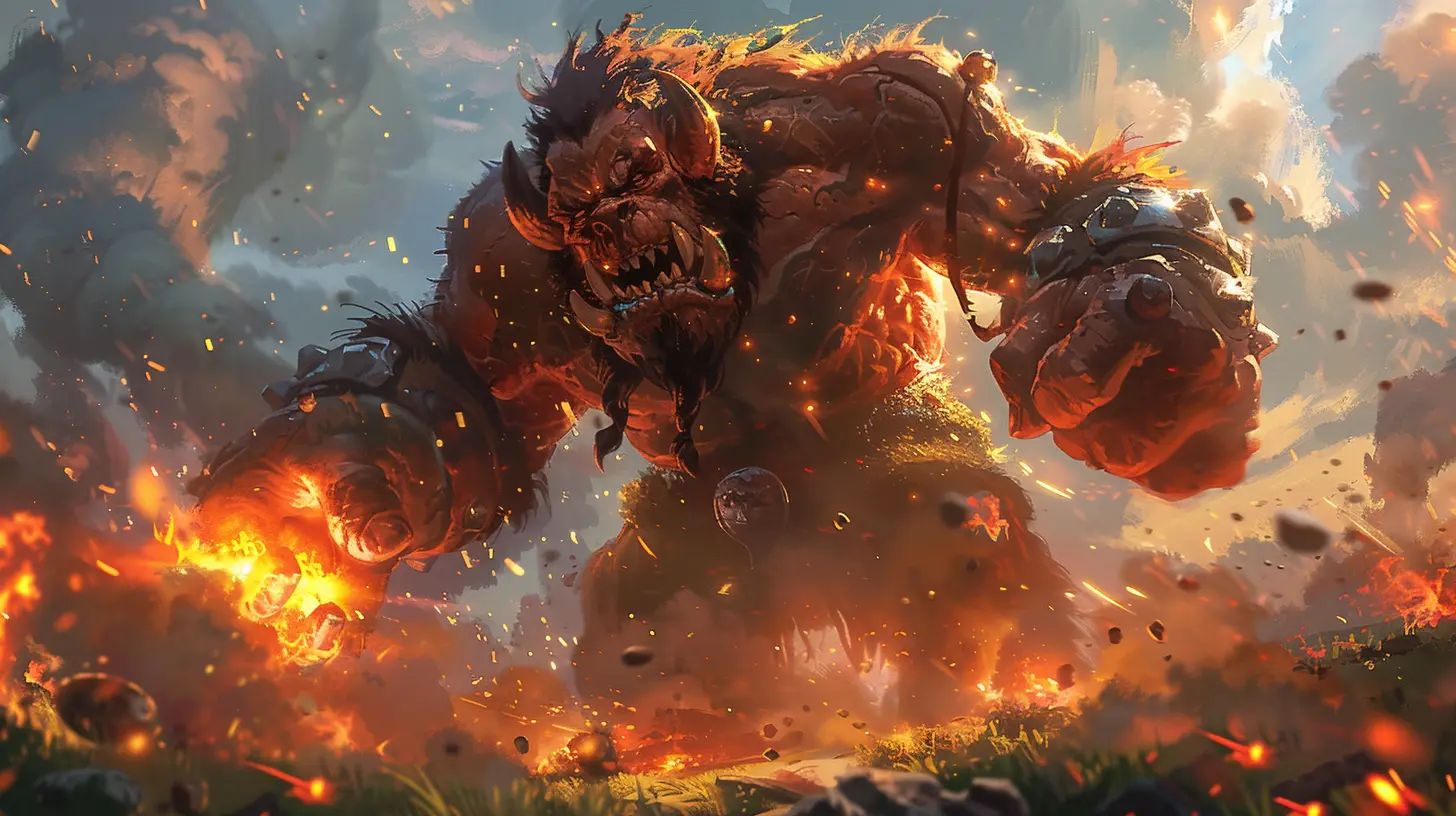
The Psychology of Weight in Games
Here’s an interesting thought: weight doesn’t just change gameplay—it changes how we feel about our characters.A heavy character feels powerful, solid, unmovable. There’s a psychological satisfaction in stomping around like a tank. A light character, on the other hand, feels nimble, fragile, and quick—more like a ninja than a knight.
Developers use this to shape our emotional connection. Want players to feel vulnerable? Lighten the character. Want them to feel unstoppable? Add some digital pounds.
The Role of Sound and Animation
Believe it or not, weight isn’t all in the numbers. A lot of that “feel” comes from how the game sounds and looks.- Footsteps: Heavier characters have louder, deeper footfalls.
- Animations: Slower, deliberate movements create the illusion of weight.
- Camera shake: A subtle vibration when you land from a jump adds to that feeling of impact.
So even if two characters have identical physics, they can feel completely different based on cues from your eyes and ears. It's like how a big bass drop in a song just feels heavier—even if you couldn’t measure it with a scale.
Why Developers Love Playing With Weight
From a design perspective, weight is a super versatile tool. Here’s why devs keep using it:- It creates diversity in playstyles.
- It forces meaningful choices in builds and gear.
- It adds realism and immersion.
- It can be used to control pacing and difficulty.
Better yet, it keeps players engaged. When you have to feel your way through movement, combat, and traversal, you're more likely to stay immersed in the game world.
Final Thoughts: Does Weight Make or Break a Game?
Is weight the most important thing in a game's movement? Maybe, maybe not. But it’s definitely one of the invisible kings of game feel. It changes how we move, fight, explore, and even how we emotionally connect with our characters.Next time you boot up a game and think, “Wow, this just feels good,” there’s a good chance character weight is the unsung hero behind the scenes. Whether you’re charging in like a rhino or zipping around like a hummingbird, remember this: weight talks, even when it doesn’t have a voice.
So yeah, it matters—a lot more than you’d think.
all images in this post were generated using AI tools
Category:
Game MechanicsAuthor:

Pascal Jennings
Discussion
rate this article
1 comments
Zanya Curry
In weighty dance, mechanics sway—each character's form shapes the game's ballet.
July 15, 2025 at 4:50 PM

Pascal Jennings
Thank you for capturing the essence of how character weight intricately influences movement mechanics in gameplay!

